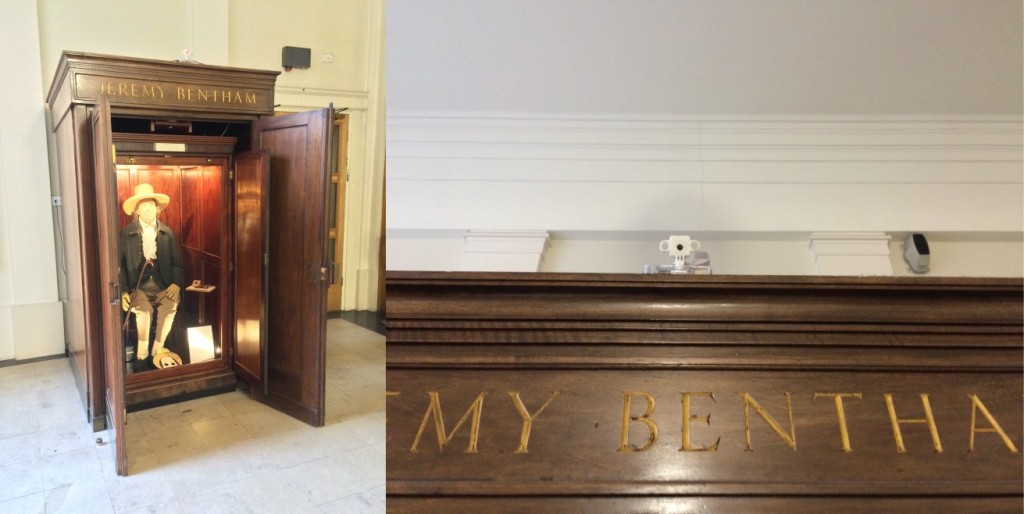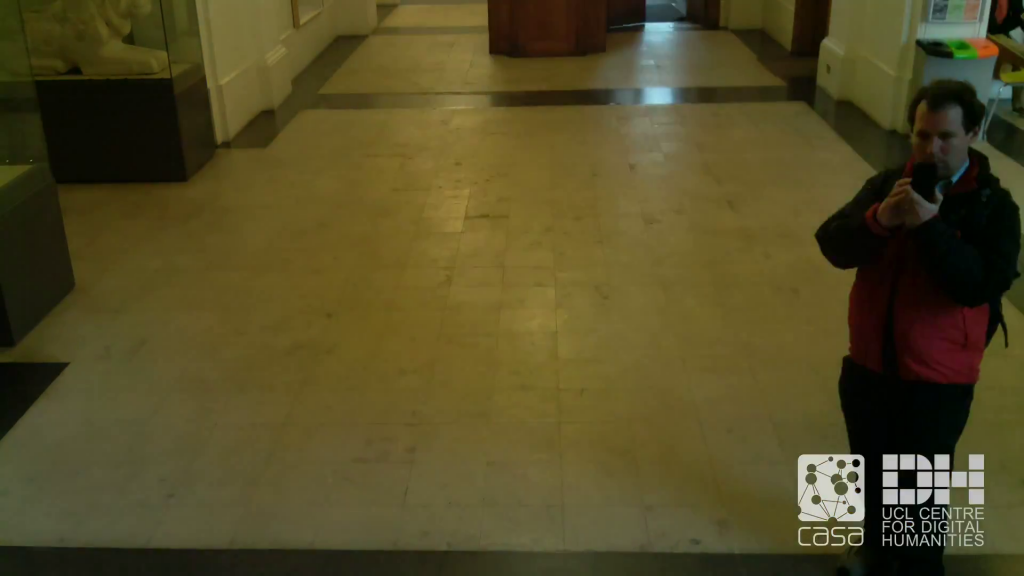 Modern security systems frequently rely on complex cryptography to fulfil their goals and so it is important for security practitioners to have a good understanding of how cryptographic systems work and how they can fail. The Cryptanalysis (COMPGA18/COMPM068) module in UCL’s MSc Information Security provides students with the foundational knowledge to analyse cryptographic systems whether as part of system development in industry or as academic research.
Modern security systems frequently rely on complex cryptography to fulfil their goals and so it is important for security practitioners to have a good understanding of how cryptographic systems work and how they can fail. The Cryptanalysis (COMPGA18/COMPM068) module in UCL’s MSc Information Security provides students with the foundational knowledge to analyse cryptographic systems whether as part of system development in industry or as academic research.
To give students a more realistic (and enjoyable) experience there is no written exam for this module; instead the students are evaluated based on coursework and a code breaking competition.
UCL has a strong tradition of experimental research and we have been running many student competitions and hacking events in the past. In March 2013 a team directed by Dr Courtois won the UK University Cipher Challenge 2013 award, held as part of the UK Cyber Security Challenge.
This year the competition has been about finding cryptographically significant events in a real-life financial system. The competition (open both to UCL students and those of other London universities) requires the study of random number generators, elliptic curve cryptography, hash functions, exploration of large datasets, programming and experimentation, data visualisation, graphs and statistics.
We are pleased to announce the winners of the competition:
- Joint 1st prize: Gemma Bartlett. Grade obtained 92/100.
- Joint 1st prize: Vasileios Mavroudis. Grade obtained 92/100.
- 2nd prize: David Kohan Marzagão. Grade obtained 82/100.
About the winners:



- Gemma Bartlett (left) is in her final year at UCL studying for an M.Eng. in Mathematical Computation with a focus on Information Security. Her particular interests include digital forensics. She will be starting a job in this field after graduation.
- Vasilios Mavroudis (middle) received his B.Sc. in Applied Informatics from the University of Macedonia, Greece in 2012. He is currently pursuing an M.Sc. in Information Security at UCL. In the past, he has worked as a security researcher in Deutsche Bank, University of California Santa Barbara and at the Centre for Research and Technology Hellas (CERTH). His research interests include network and systems security, malware, and applied cryptography.
- David Kohan Marzagão (right) is currently undertaking a PhD in Computer Science under the supervision of Peter McBurney at King’s College London. In 2014, he received his BSc in Mathematics at the University of São Paulo, Brazil. His research interests include cryptography, multi-agent systems, graph theory, and random walks.


